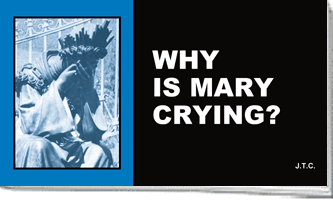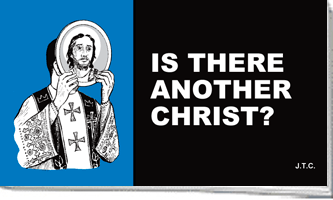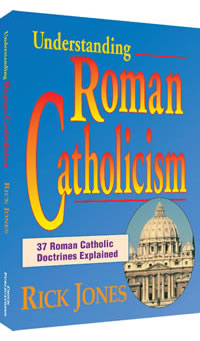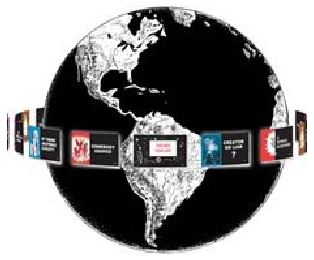Catholic 'Evangelist' Carried the Wrong Gospel
In a recent speech, Pope Benedict XVI held up "Saint" Alphonsus Liguori as a "model for evangelization." Liguori was born into a rich Italian family in 1696. Brilliant and precocious, he finished law school at age 16 and never lost a case in his eight years of law practice. At that point, he gave up riches and success to become a priest and began working among the poor around Naples.
Benedict lauds him for setting up prayer groups and encouraging the people to work to better themselves. The groups expanded and Liguori went on to establish a missionary society known as the Redemptorists. After his death he was canonized (made a saint) and declared a "Doctor of the Church." This title was given in part because of the dozens of books that he wrote, many of which have become classics in presenting Roman Catholic dogma. One of Liguori`s most famous books was "The Glories of Mary." Although written in the eighteenth century, it became the basis of the Vatican`s teaching on the Virgin Mary goddess. This worship of the lowly mother of Christ, along with adoration of the wafer-god, the Eucharist, forms the heart of the unbiblical Roman Catholic system.
The prayer groups that Liguori held were much different from Bible-based gatherings. Adoration of the Eucharist was among the most important forms of prayer that he taught. He also stated in "The Glories of Mary" that "No one can enter heaven unless by Mary, as though through a door."
Today, many Bible believers are tricked into believing that Roman Catholics are Christians. But how can we have true fellowship with someone who believes that their communion wafer is the "body, blood and divinity" of Jesus, or that the only way to heaven is through Mary?
Also, how can we join with them in "evangelizing" when their concept of "evangelization" is to help unbelievers learn ritual prayers to Mary and spend hours "adoring" a wheat cookie displayed on a pagan sunburst (monstrance)?
In his book, Babylon Religion: How a Babylonian Goddess became the Virgin Mary, author David W. Daniels shows, in graphic detail, how Catholicism`s Virgin Mary originates from a singular pagan goddess worshipped in many forms from antiquity.
Shortly after Noah`s flood, mankind again began to corrupt their worship. Satan was ever present to encourage idolatry and distract men with counterfeit gods. Central to every pagan religion is a female deity, a goddess.
Daniels starts with Nimrod and Semiramis and shows how Satan has no new ideas, only new labels. The Babylonian Semiramis was relabeled Ishtar and became Lilith in Sumer, Ashtoreth and Astarte in Canaan, Isis in Egypt, Athena in Greece, Diana in Ephesus and finally the Catholic Virgin Mary. (See page 167.)
Rick Jones, in his book, Understanding Roman Catholicism, devotes several chapters to comparing the Roman Catholic goddess to the real Mary of the Bible. He shows how the popes have injected her into the process of salvation. He quotes the 1994 Catechism: "Being obedient, she (Mary) became the cause of salvation for herself and for the whole human race." (#494, pg. 125) Page 252, #969 states: "...her manifold intercession continues to bring us the gifts of eternal salvation..."
Jones goes on to show how the catechism teaches that Mary was born without sin, remained a virgin, receives prayers of intercession and is considered "Queen over all things." Then he refutes each of these lies with scripture.
The pope points to Liguori as a model evangelist, yet he presented a false, unbiblical gospel. Rather than seeking fellowship with Roman Catholics, we need to gently show them how the word of God "reproves" the false hope that they have in their "church."
- See more articles on related topics:
- Catholicism
- False Religions
- Virgin Mary
- Eucharist
Other Articles from July/August 2011:
More on Catholicism:
Products of Interest:

Why Is Mary Crying?
Devotion to Mary doesn't please her. It breaks her heart.
Is There Another Christ?
Have you ever been lied to? Millions have, trusting in "another Christ" to save them. The gospel for Roman Catholics.-

Babylon Religion
224 pages
Learn how a Babylonian goddess became the Virgin Mary. An easy-to-read history of Catholicism's Babylonian origin. -

Understanding Roman Catholicism
224 pages
37 Catholic doctrines from the current Catechism are compared with the Scriptures. They're not Christian!



